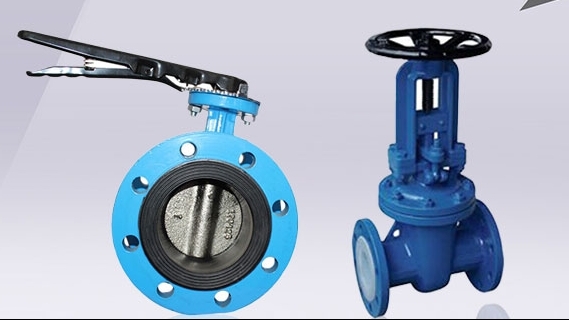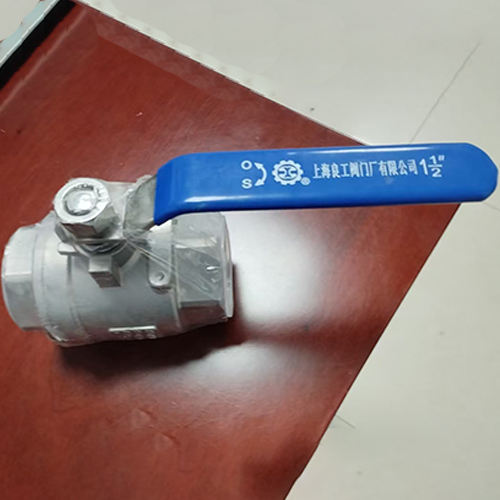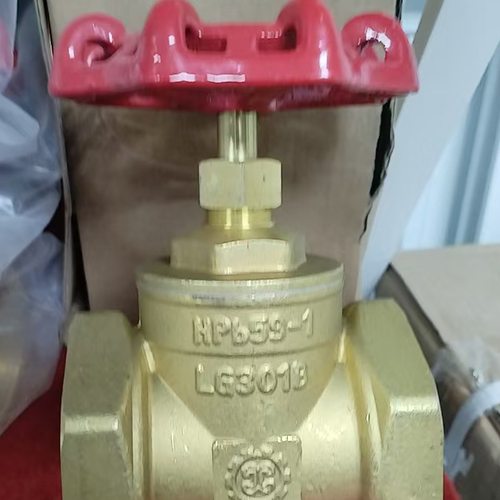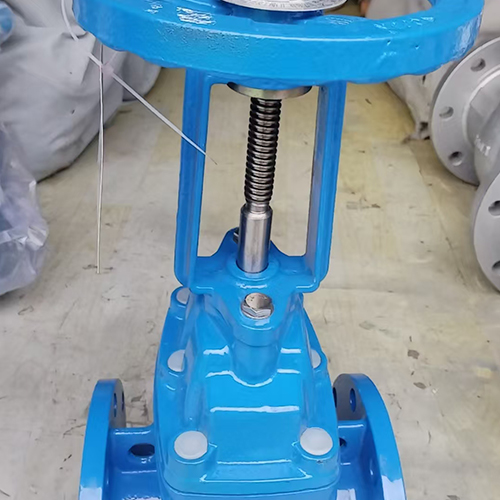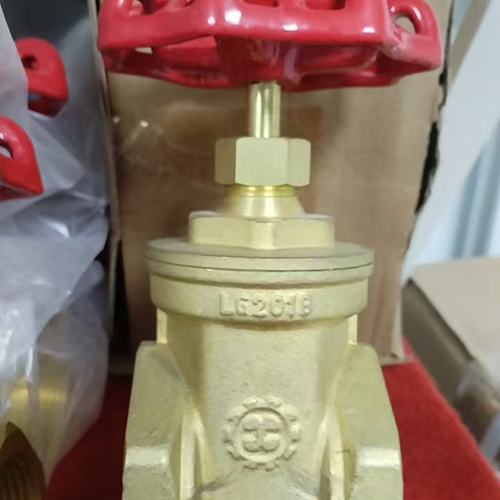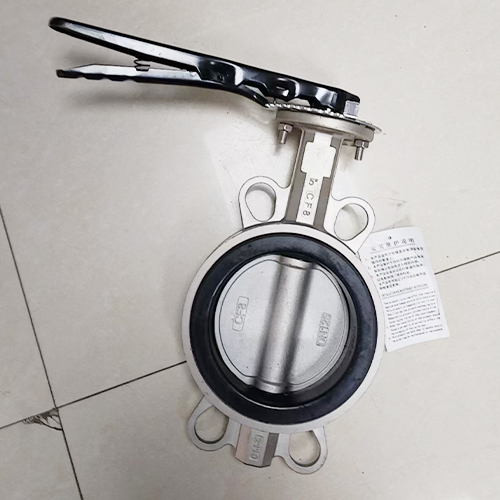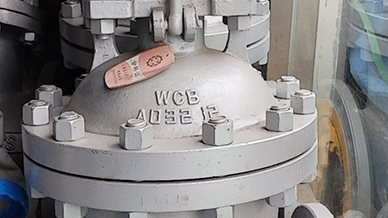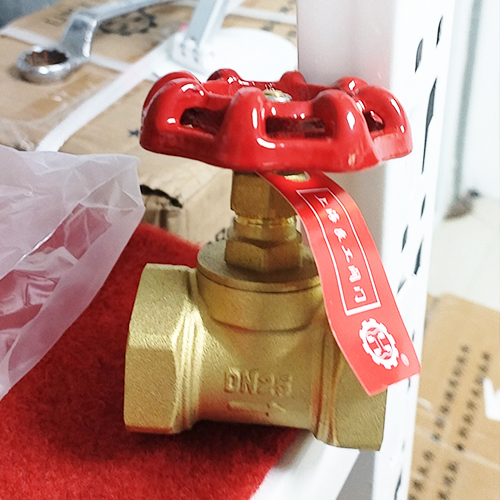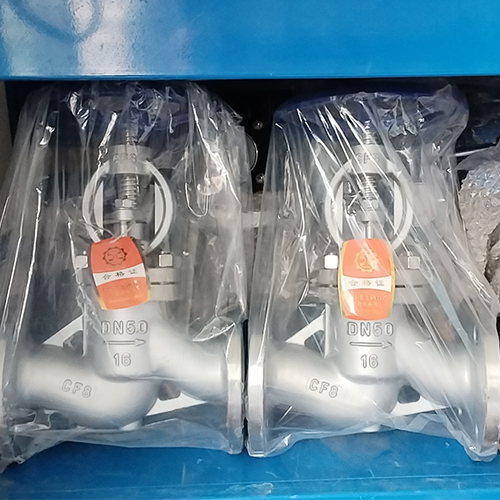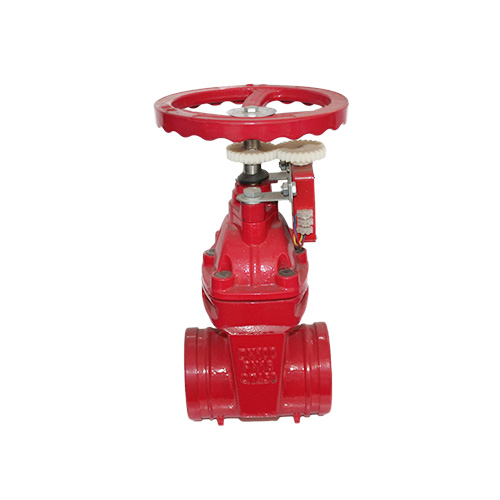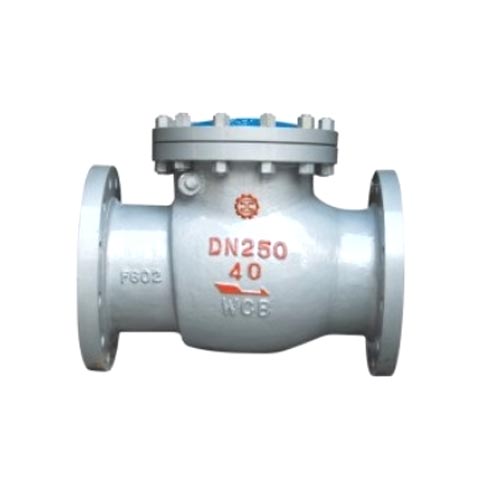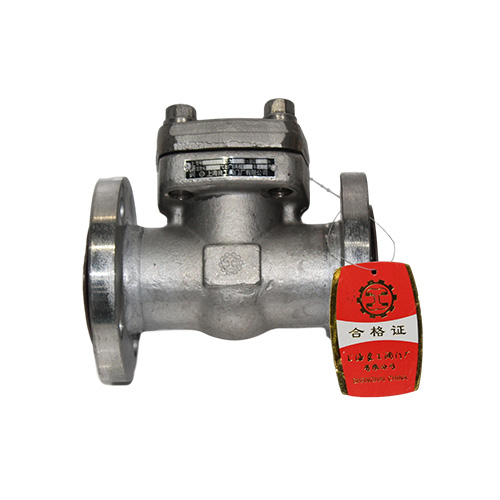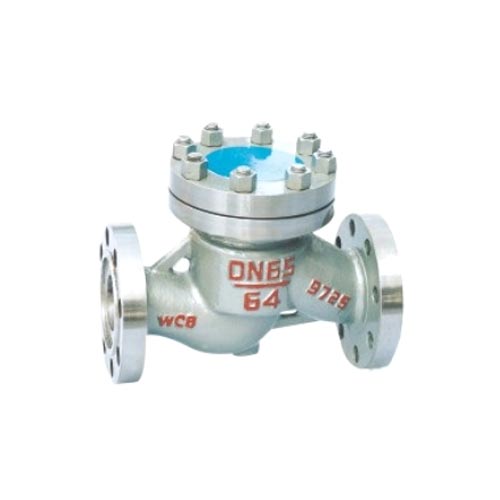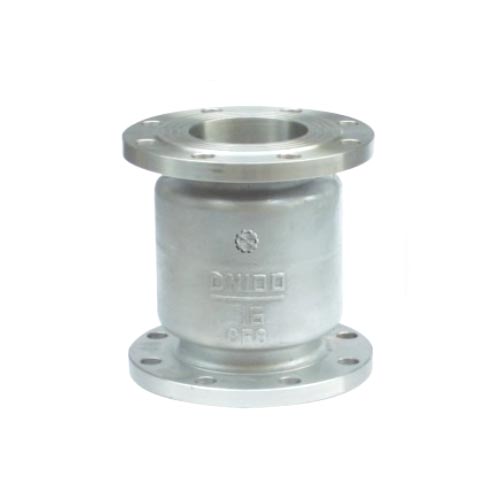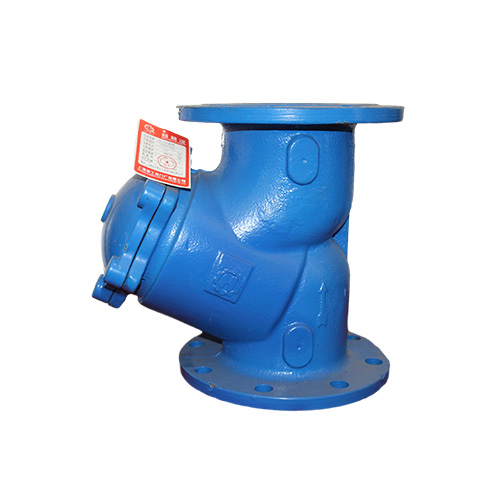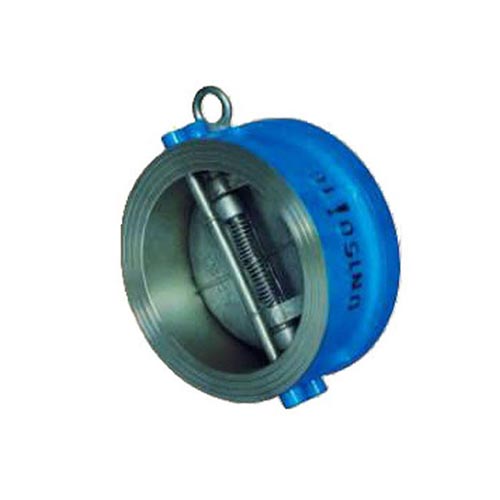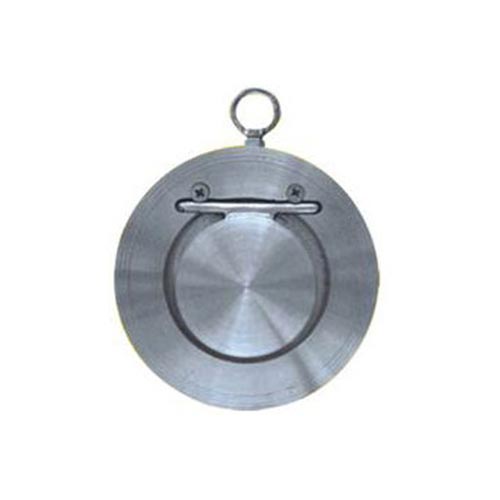阀门作为工业管道系统中控制流体介质的关键部件,其密封性能直接关系到生产安全与运行效率。在实际应用中,阀门泄漏问题可能由密封面损伤、阀杆密封失效或材质缺陷等多种因素引发。为精准定位泄漏点并评估泄漏程度,行业已发展出多种检测技术,以下将系统介绍这些方法的原理与操作要点。
As a key component for controlling fluid media in industrial pipeline systems, the sealing performance of valves directly affects production safety and operational efficiency. In practical applications, valve leakage problems may be caused by various factors such as damage to the sealing surface, failure of the valve stem seal, or material defects. To accurately locate the leakage point and evaluate the degree of leakage, the industry has developed various detection technologies. The following will systematically introduce the principles and operational points of these methods.
气泡检测法是基础检测手段之一,适用于低压工况下的阀门外漏检测。检测时需将阀门浸入水中或对阀体表面喷涂肥皂水溶液,通过观察泄漏点形成的气泡判断泄漏位置。此方法对微小泄漏的检测灵敏度可达1×10^-3 Pa·m³/s,但受限于操作环境湿度,且无法量化泄漏速率。
Bubble detection method is one of the basic detection methods, suitable for valve leakage detection under low pressure conditions. During the inspection, the valve should be immersed in water or sprayed with soap solution on the surface of the valve body. The leakage location can be determined by observing the bubbles formed at the leakage point. The sensitivity of this method for detecting small leaks can reach1×10^-3 Pa·m³/s, But limited by the humidity of the operating environment and unable to quantify the leakage rate.
压力变化检测法通过监测系统压力变化来评估内漏情况。具体操作时,关闭阀门并隔离上下游管道,记录压力表读数随时间的变化曲线。根据理想气体状态方程可推算泄漏量,该方法对缓慢泄漏的检测周期通常需持续24小时以上,适用于定期检验场景。
The pressure change detection method evaluates internal leakage by monitoring system pressure changes. During the specific operation, close the valve and isolate the upstream and downstream pipelines, and record the curve of the pressure gauge reading over time. According to the ideal gas state equation, the leakage rate can be calculated. This method usually requires a detection cycle of more than 24 hours for slow leaks and is suitable for regular inspection scenarios.
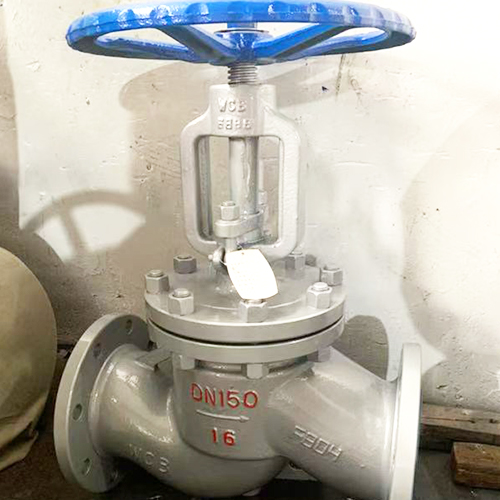
声学检测法利用泄漏产生的超声波信号进行定位。检测仪器通过高灵敏度传感器捕捉20kHz以上的超声波,经滤波放大后转换为可听声信号。实验数据显示,该技术对0.1mm微孔泄漏的检测距离可达5米,但需注意排除流体噪声干扰,通常在夜间或低背景噪声环境下进行。
Acoustic detection method uses ultrasonic signals generated by leaks for localization. The detection instrument captures ultrasonic waves above 20kHz through a high-sensitivity sensor, filters and amplifies them, and converts them into audible sound signals. Experimental data shows that this technology can detect leaks from 0.1mm micropores up to a distance of 5 meters, but attention should be paid to eliminating fluid noise interference, which is usually carried out at night or in low background noise environments.
红外热成像检测法基于泄漏介质与环境的温差成像原理。当高压气体泄漏时,节流效应导致局部温度骤降,红外热像仪可捕捉0.1℃的温差变化。该方法对蒸汽阀门的检测效果尤为显著,但需注意环境风速对温度场的影响,建议检测时风速低于2m/s。
The infrared thermal imaging detection method is based on the principle of temperature difference imaging between the leaked medium and the environment. When high-pressure gas leaks, the throttling effect causes a sudden drop in local temperature, and the infrared thermal imager can capture a temperature difference of 0.1 ℃. This method has a particularly significant detection effect on steam valves, but attention should be paid to the influence of environmental wind speed on the temperature field. It is recommended that the wind speed during detection be below 2m/s.
氦质谱检漏法是精密检测的首选方案,检测灵敏度可达1×10^-9 Pa·m³/s。操作时在阀门一侧充入氦气混合气体,另一侧用质谱仪检测氦离子浓度。该方法需配备真空泵组,单点检测时间约3分钟,适用于核电、航天等高安全等级领域。
Helium mass spectrometry leak detection method is the preferred solution for precision detection, with a detection sensitivity of up to 1 × 10 ^ -9 Pa · m³ /s. Fill one side of the valve with helium gas mixture during operation, and use a mass spectrometer to detect helium ion concentration on the other side. This method requires a vacuum pump unit and a single point detection time of about 3 minutes, which is suitable for high safety level fields such as nuclear power and aerospace.
在实施检测时,需根据阀门类型、介质特性及工艺要求选择适宜方法。对于常规维护,气泡法与压力法组合使用可满足基本需求;关键阀门建议采用声学与热成像双重检测;超标泄漏案例则需启动氦质谱检漏程序。检测周期方面,常开阀门建议每年检测一次,调节阀等易损件应缩短至半年。
When conducting testing, appropriate methods should be selected based on valve type, medium characteristics, and process requirements. For routine maintenance, the combination of bubble method and pressure method can meet basic needs; It is recommended to use acoustic and thermal imaging dual detection for key valves; For cases of excessive leakage, the helium mass spectrometry leak detection program needs to be initiated. In terms of inspection cycle, it is recommended to inspect normally open valves once a year, and shorten the inspection of vulnerable parts such as regulating valves to six months.
值得注意的是,检测数据需结合阀门设计参数综合研判。例如,API 622标准规定软密封阀门允许的最大泄漏率为0.1%泡痕/分钟,而硬密封阀门执行API 598标准,壳体试验泄漏量不得超过50cm³/分钟。检测报告应详细记录环境温湿度、介质压力等边界条件,确保检测结果的可追溯性。
It is worth noting that the detection data needs to be comprehensively analyzed and judged in conjunction with the valve design parameters. For example, the API 622 standard stipulates that the maximum allowable leakage rate for soft sealed valves is 0.1% bubble marks per minute, while hard sealed valves comply with the API 598 standard, and the shell test leakage rate shall not exceed 50cm³/minute. The testing report should record in detail the boundary conditions such as environmental temperature and humidity, medium pressure, etc., to ensure the traceability of the testing results.
随着技术发展,基于机器视觉的智能检测系统正逐步应用。该系统通过高速摄像机捕捉泄漏瞬间的介质喷射形态,结合图像处理算法可自动计算泄漏孔径及流量。某石化企业实际应用显示,该技术使泄漏检测效率提升40%,误报率降低至0.5%以下。
With the development of technology, intelligent detection systems based on machine vision are gradually being applied. The system captures the medium jet shape at the moment of leakage through a high-speed camera, and combines image processing algorithms to automatically calculate the leakage aperture and flow rate. The actual application of this technology in a petrochemical enterprise shows that it improves the efficiency of leak detection by 40% and reduces the false alarm rate to below 0.5%.
阀门泄漏检测需遵循“预防为主、检测为辅”的原则。通过建立阀门健康档案,记录每次检测数据与维修记录,可实现全生命周期管理。对于高频泄漏阀门,建议采用根因分析方法,从设计选型、安装工艺、操作规程等多维度制定改进方案,而非简单重复检测维修。
Valve leakage detection should follow the principle of "prevention first, detection as a supplement". By establishing a valve health record, recording each inspection data and maintenance record, full lifecycle management can be achieved. For high-frequency leakage valves, it is recommended to use root cause analysis method to develop improvement plans from multiple dimensions such as design selection, installation process, and operating procedures, rather than simply repeating testing and maintenance.
本文由 良工阀门 友情奉献.更多有关的知识请点击 http://www.jnlgvf.com 真诚的态度.为您提供为全面的服务.更多有关的知识我们将会陆续向大家奉献.敬请期待.
This article is a friendly contribution from Lianggong Valve For more related knowledge, please click http://www.jnlgvf.com Sincere attitude To provide you with comprehensive services We will gradually contribute more relevant knowledge to everyone Coming soon.
 企业公告:
企业公告:

